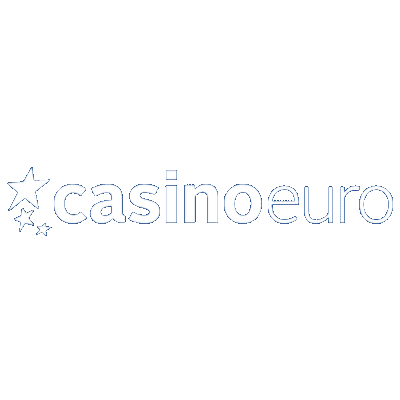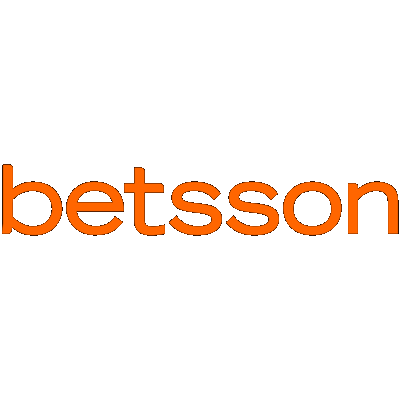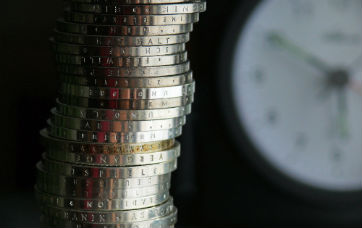
Overround – a market quality identifier
Let us have a look how the bookmaker’s margins are created, i.e., how pairs and triple of odds for a tennis or soccer matches are formed. This also applies to bets on a single (outright) winner, consisting of several values.
Overround – a market quality identifier
From a mathematical perspective, the sum of the probabilities must always be 1.00 (100%). If the odds were to be set fairly for both sides, the sum of probabilities of all possible results calculated from the odds based on the relation p = 1 / odd would be precisely 1.00. In practice, this sum is always more than 100%, and since the relationship between probability and odds is an inverse one, it is clear that the odds are unfair for a casual bettor. The difference between this sum and the sum of the bookmaker’s probabilities allows the bookmaker to achieve a profit in the long term. A set of events whose probabilities sum up to more than 100% is called an “overround” in the betting community. The bookmaker’s “overround” then refers to both the difference between both sums, and the total sum, and is generally listed in percentage points. A sum of probabilities that is below 100% is called an “overbroke” and means that a bettor could make bets on all possible outcomes and his/her deposits would be lower than the amount won. This is extremely rare; however, such opportunities can arise if bettors search and select odds at different bookmakers.
Let us have a look at a specific example of an overround. Let’s assume that Barcelona plays against Manchester United in the Champions League and the real probabilities of all three outcomes are as follows:
Barcelona wins = 50%
Man U wins = 25%
draw = 25%
Then the following would be fair odds:
Barcelona wins = 2.0
Man U wins = 4.0
draw = 4.0
However, bookmakers will set their odds a bit lower, for instance:
Barcelona wins = 1.8
Man U wins = 3.6
draw = 3.6
In this case, the overround is 1/1.8 + 1/3.6 + 1/3.6 = 1.1111, i.e., about 111%. In order to minimize their risk, online bookmakers generally use a higher overround for less known soccer leagues, for instance 115 or more %.
So, what’s the practical use for knowing about the overround when betting? A very high overround indicates that the prices (i.e., odds) are not yet at market value. This doesn’t mean that one of the odds can’t be valuable, but it suggests that it might be better to wait for better odds (or to try and find them elsewhere). It is also worth noting that the overround is nearly always significantly lower for bets with a small number of possible outcomes (e.g., tennis matches) than for bets with a large number of outcomes (bets on exact outcomes, an outright winner in a long-term bet or who will score the first goal).
Unfortunately, it is not possible to use the overround to simply determine whether an odd represents value, since it is not always distributed evenly between all possible outcomes (outcomes of a sport event). For instance, in a tennis match with odds set to 2.5 and 1.4 for both possible outcomes the overround is about 111.4 %; however, claiming that the odds are simply 11.4 % lower than they should be oversimplifies the situation and is in fact wrong. The distribution of the overround between individual outcomes depends on several factors.
Since betting exchange practically destroyed all differences between bettors and the odds of betting agencies, it is also interesting to study the overround also from the bookmaker’s perspective and to use it to refute certain misconceptions that are present even in fairly professional circles. The overround is not the same as earnings, even though the two are often very close to each other. The overround can be seen as an indicator of market efficiency: the lower it is, the greater the probability that the bettor’s bets are fair.

The best online casinos

1. Betsafe
Betsafe was created in 2006 and today is part of the well-respected Betsson Group, based in Sweden. Its focus is to target rather more experienced players. And it has plenty of things to capture your attention – but perhaps the greatest eye-catchers include a gigantic range of games (e.g., over 1000 online slot machines) and an emphasis on security and high-quality support.

2. Mr Green
The wide range of exciting casino games includes various versions of roulette and blackjack, including games with live croupiers, video poker, bingo and of course, an infinite number of slot machines.

3. CasinoEuro
European-licensed casino with a long history. One of the best-known and well-trusted casino portals in Europe.

